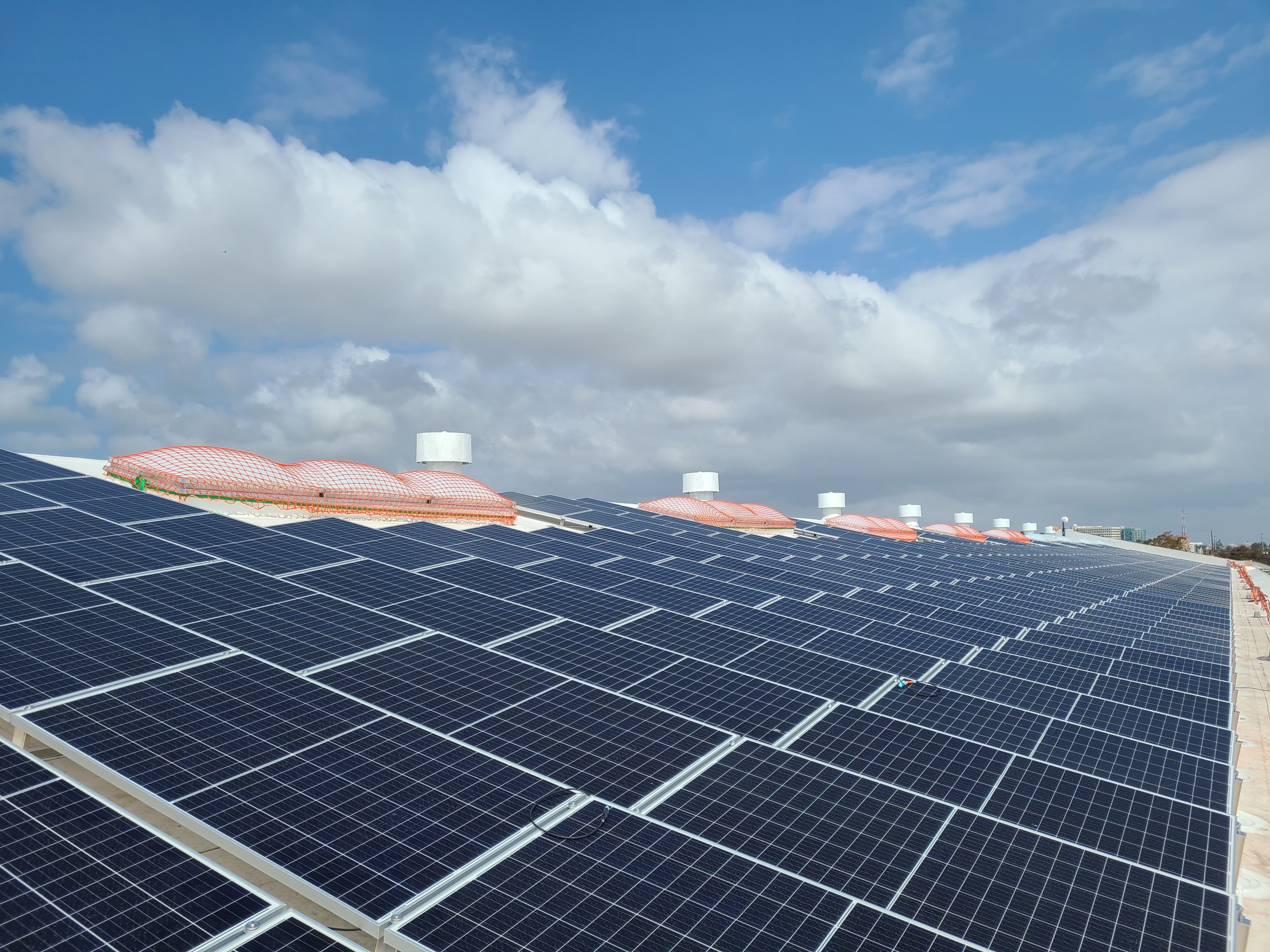Staring down the barrel of a pipeline
How witnessing the impacts of climate change and oil production fueled Katie Moffitt's path to environmental advocacy
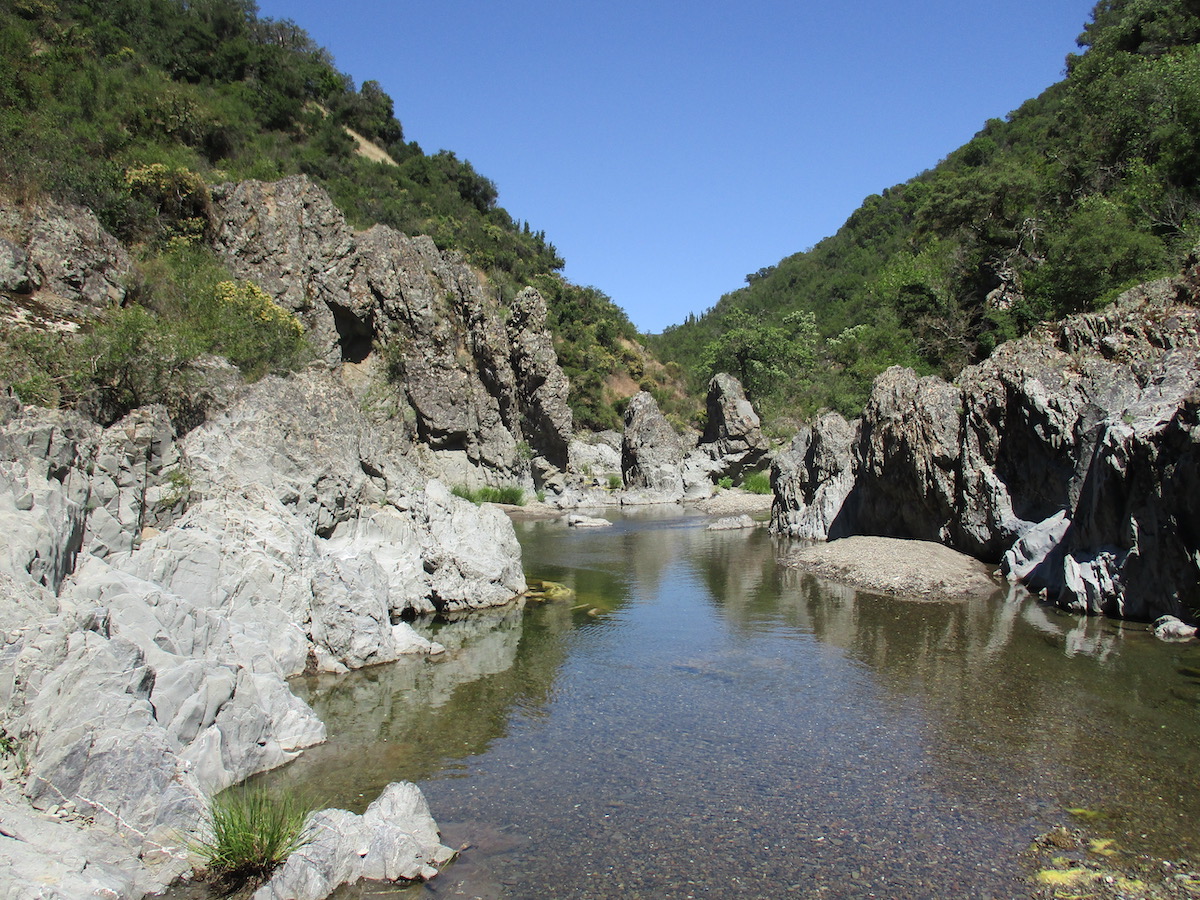
This blog was written by Katie Moffitt, who joined the Environment America team as an associate in August.
This month marks my first as an associate on Environment America’s clean energy team. As I get to work on our 100% Renewable campaign, I’m excited to introduce myself and share what brought me here.
While I was growing up, my family moved every couple of years. So it shouldn’t have come as a surprise that just as I was starting middle school, my parents announced we were relocating from Arizona to California. For a week straight, I was so furious that I refused to speak to them. But it turned out to be one of those decisions that altered the course of my life.
Coming from the Arizona desert, my first impression of our new house in the Bay Area was the sheer number of trees that surrounded it. I had never lived so close to so many trees before. Willows, native oaks, bay laurels and California buckeyes wove a canopy above us so dense it obscured the sky from our view. In the corner of our backyard, we discovered a redwood tree, standing giant next to our lavender and rose bushes. I remember my initial shock and confusion at finding something so grand, ancient and precious on our small plot of land.

From that moment I knew I wanted to learn more about my new ecosystem. So when I got to high school, I took an environmental science class, having heard great reviews about the teacher, Mr. Powell. For a lesson about coastal grasslands, he took his students on a weekend backpacking trip. In his class, I first learned about the major environmental issues we face: California’s droughts and wildfires, global climate change, extreme weather events, melting Arctic ice, and rising sea levels. Hearing about environmental damage and global warming for the first time can be earth-shattering and heartbreaking. But Mr. Powell managed to educate us on the urgency and scale of these issues without paralyzing us with fear.
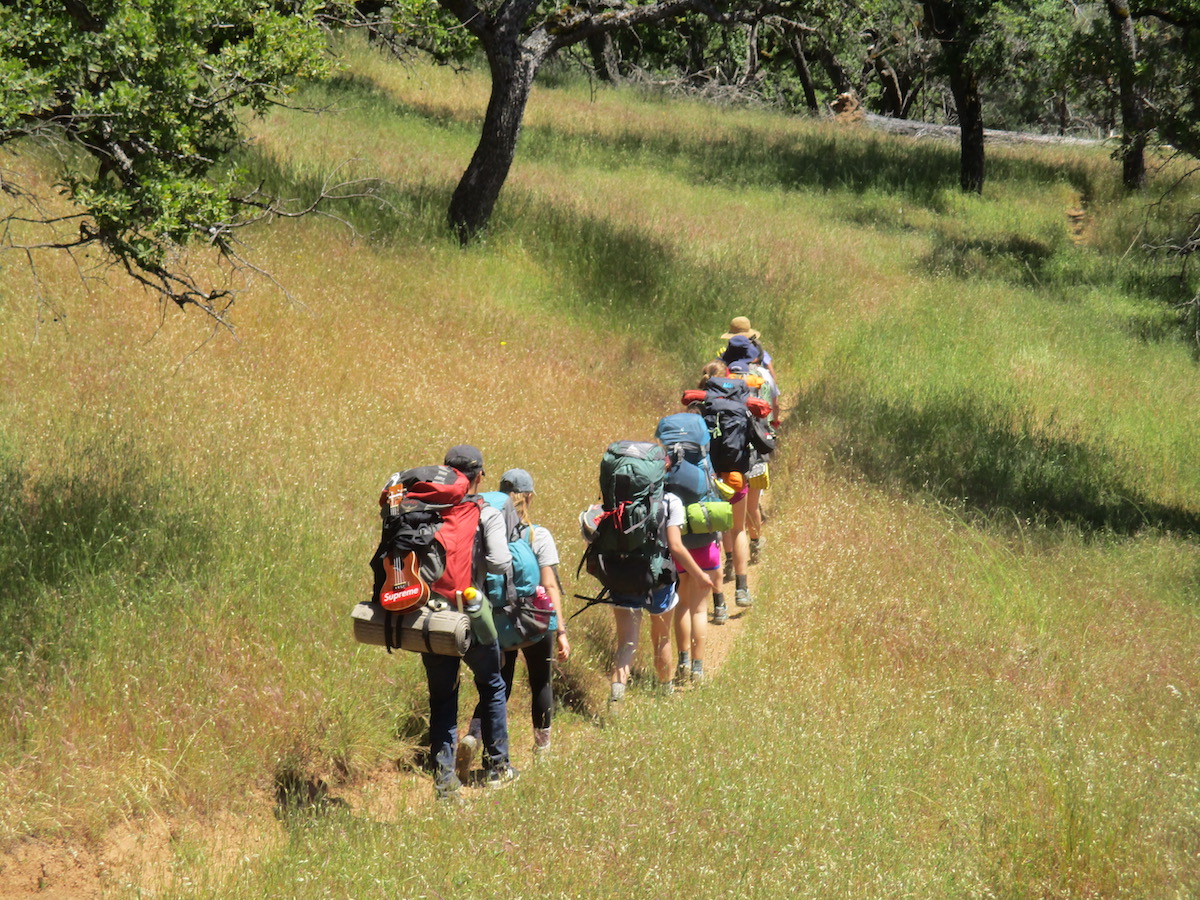
We had moved to California midway through the state’s longest lasting drought. By 2014, it had reached a peak of intensity, impacting nearly 60% of the land. I have only ever lived in California during drought conditions. As a result, conserving rain and shower water and limiting our water use to a bare minimum became second nature. The El Niño cycles I experienced were fractions of what they should be — brief and temporary reprieves from drought conditions.
Concerned about our vulnerable natural world, I buzzed with anxious energy and sought out other ways to help beyond collecting rainwater. In an attempt to channel that angst productively, I joined the Student Conservation Association as a volunteer. I spent my weekends mapping and repairing the trails in our regional parks, removing invasive species from wild spaces, and making public lands more accessible. Often, I worked in silence, tearing away eucalyptus from the brush while I languished in the feeling of being alone in nature. But a couple hours in, my mind always returned to the miraculous ecosystem and microclimate diversity I encountered as I worked in the parks. I could start my day at the Jasper Ridge Biological Preserve, a unique grassland with an unusual number of microclimates, and end my day in salt marshes and freshwater wetlands.
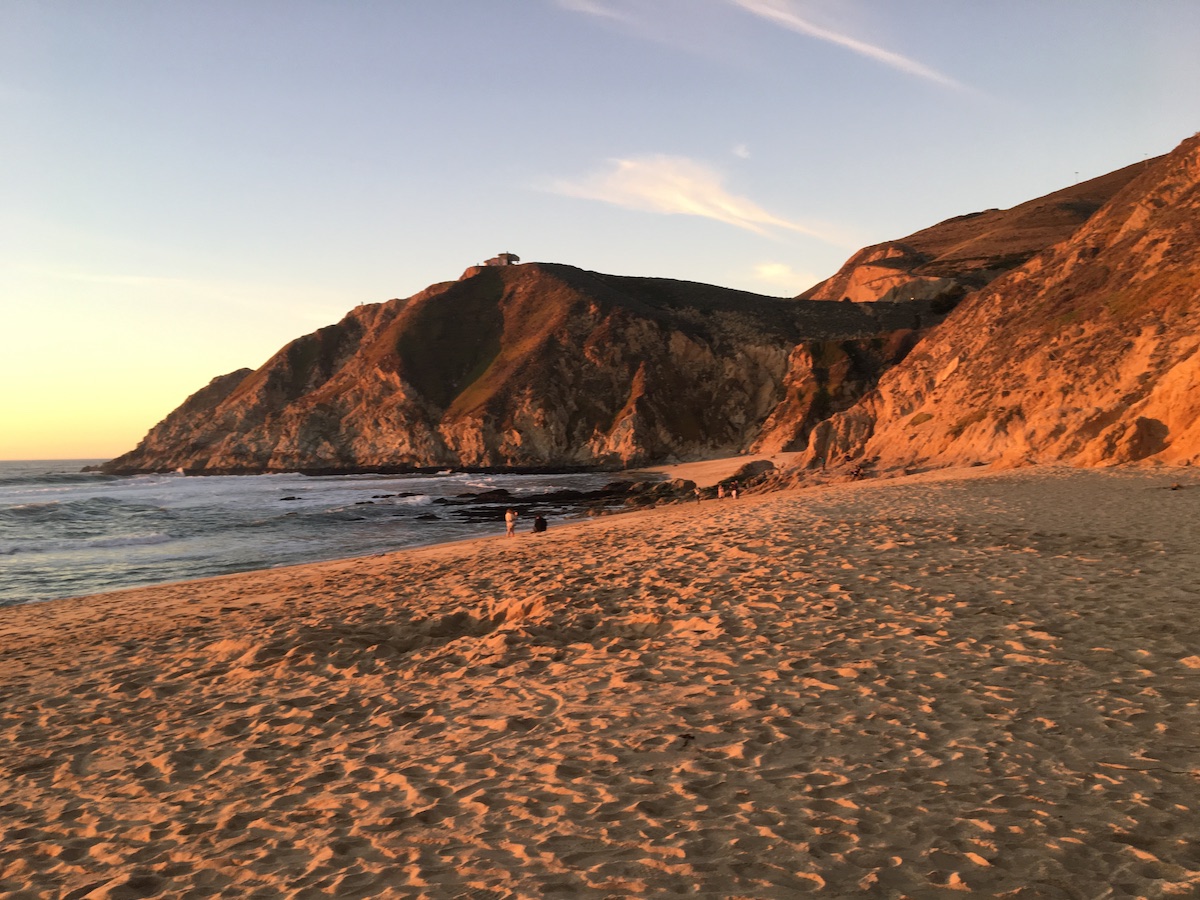
In college, I sought out more opportunities to work on environmental protection. I joined a research team collaborating with Ojibwe tribes in the Midwest to design strategies to become more resilient to environmental and legal challenges. Our Ojibwe partners confessed fear for their future because generations of people had abused and exploited the land. For years, these Ojibwe communities had been fighting massive oil companies constructing new fossil fuel pipelines on their protected lands. Some of these pipelines were now rusting and leaking. This threatened watersheds and estuaries that are crucial resources to the Ojibwe. One pipeline in particular began leaking toxic fumes, suggesting that its structural integrity had diminished. Located near it is one of the largest remaining freshwater estuaries in the world, home to abundant wild rice beds, vulnerable fish stock and endangered wildlife.
Working alongside our Ojibwe partners, I could not fathom how in 2021 we were still building new pipelines when we have abundant clean renewable energy sources that can power this country many times over. But the fact that we were up against powerful interests, corporations with more access to decision makers than we had, didn’t faze my team. Instead, by starting small, working incrementally, and setting bold value-driven goals, these communities have been able to make strides in the right direction.
Being a part of this research team and watching successful organizing in action made me realize I can do more than sign petitions and research renewable energy solutions. I can organize for the future I want to see. When I think about what brought me to environmental advocacy, part of me feels that there was never a classic “two roads diverged” moment. Having seen so much of the United States at a young age, I knew that the California landscape was beyond comparison. But I also knew it was vulnerable and, having claimed it as my home, I felt an obligation to protect it.
The moment I realized that I could work to protect the natural places I grew up exploring was also the moment I knew that I couldn’t, in good conscience, choose not to. By working with other environmental advocates to fight the encroachment of oil pipelines on their land, I learned a lesson in resilience and hope. But beyond that, I thought what better place to start than right here, where there is so much to fight for and so many fighting to change the way we produce and consume energy. I’m happy to be one of them.
Topics
Authors
Emma Searson
Find Out More
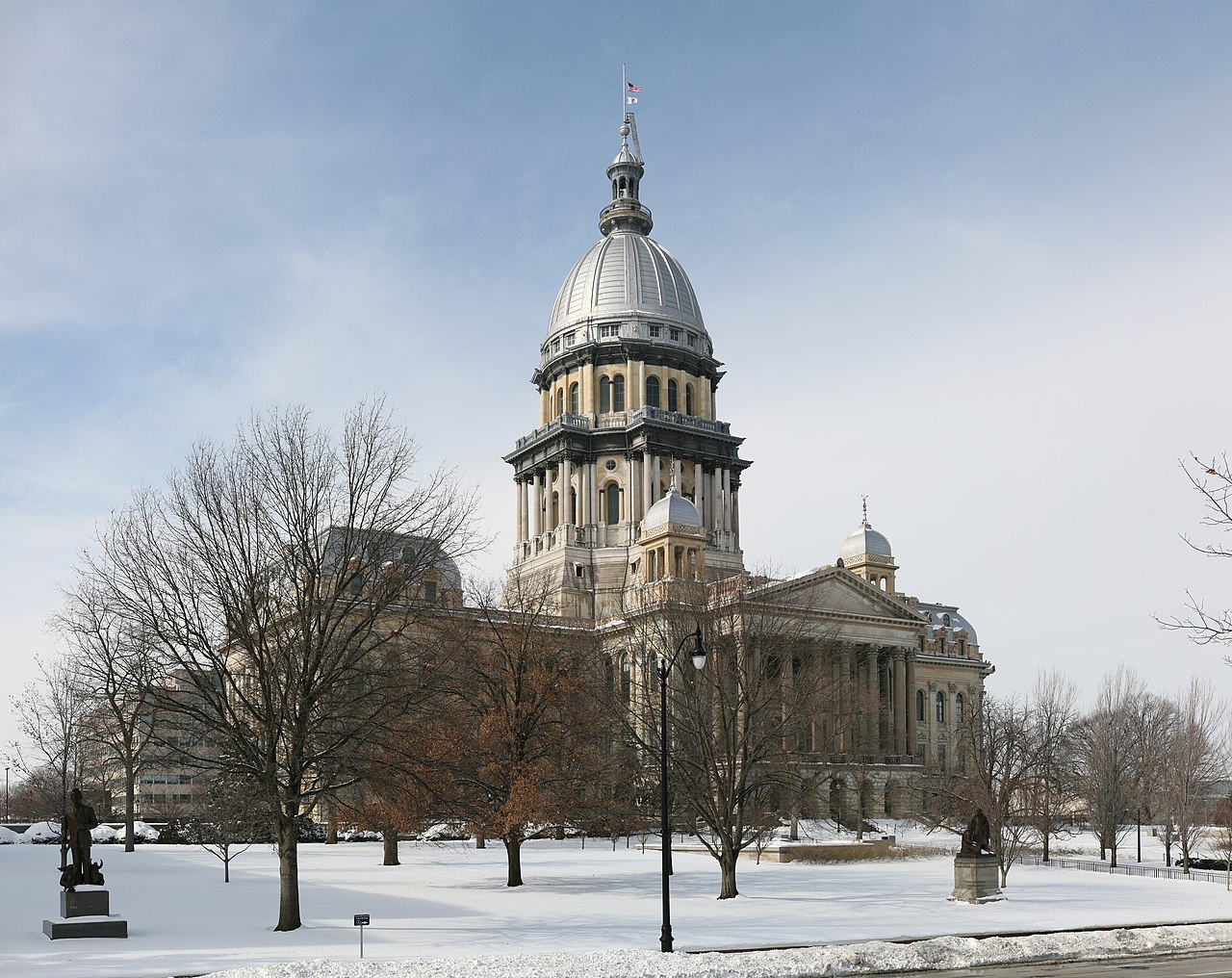
Our 2024 priorities in the states
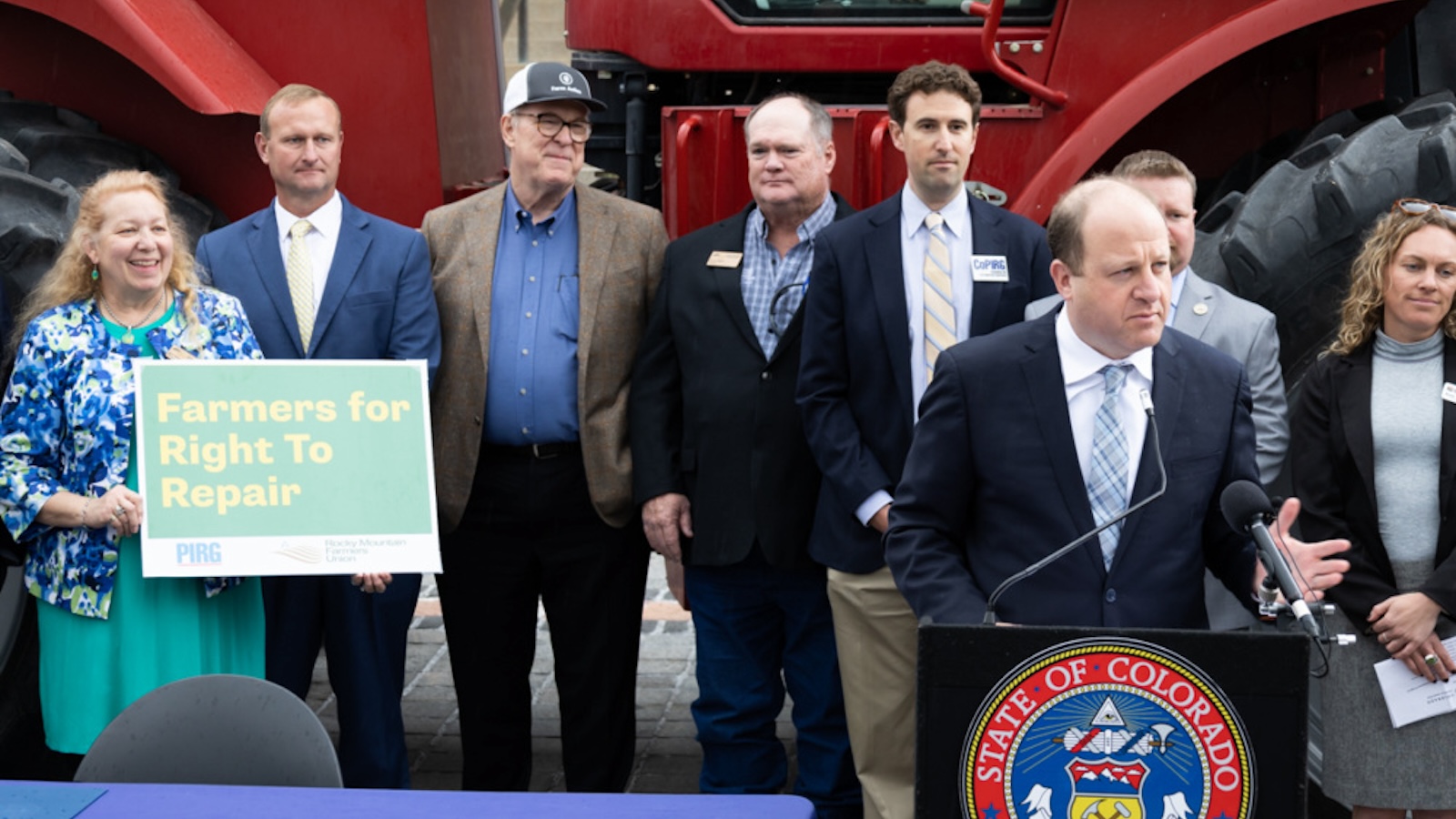
Celebrating new protections taking effect in 2024

A look back at what our unique network accomplished in 2023
